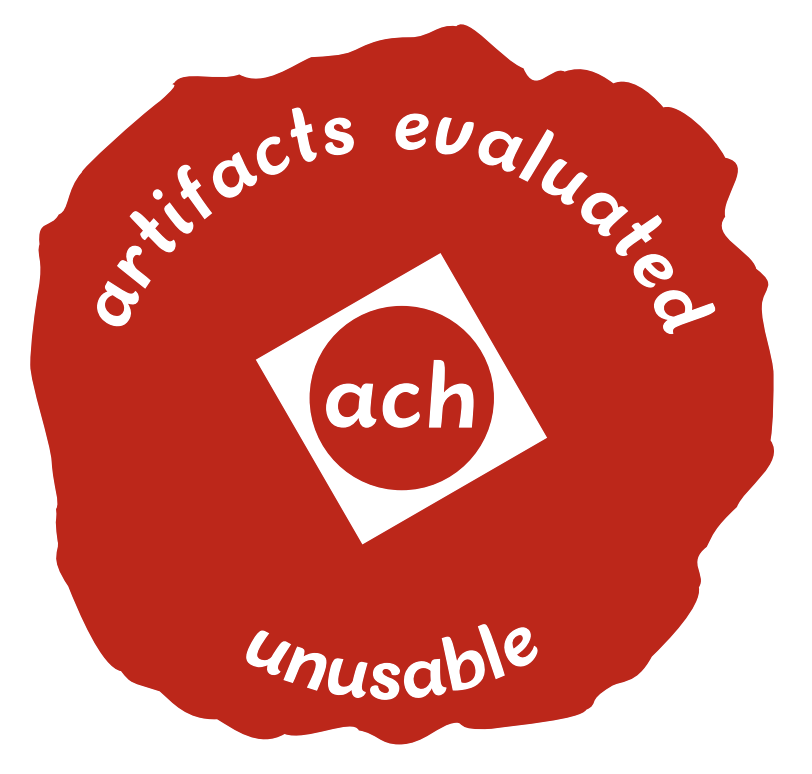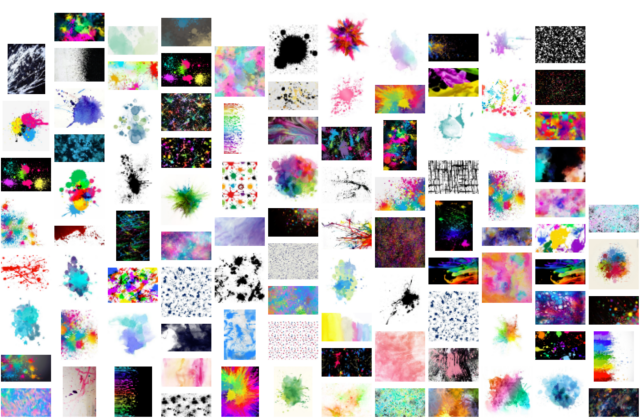The SIGBOVIK’s flagship conference is a satiric and incredibly interesting Computer Science venue sponsored by the self-called “Association for Computational Heresy (ACH).”
The event has been celebrated annually since 2007 in honor of Harry Quantifiability Bovik, an unconventional professor from Carnegie Mellon University.
SIGBOVIK is the cradle of the funniest presentations and the most controversial research experiments in the overarching field of Computer Science.
The authors of the published papers are typically curious academics or retired entrepreneurs who attend the event with the purpose of having fun while staying away from actual work boredom.
The objectives of the venue include promoting open science on non-essential topics, such as “Fruitful Procrastination”, “Inept Expert Systems”, and “Perplexity Theory.”
Reading one the SIGBOVIK’s proceedings was such a delight, so I can’t avoid the temptation of writing about this fantastic source of nerdy academic inspiration.

Overview
The scope of SIGBOVIK is very variegated, as the conference is traditionally a forum for discussion on all Computer Science related subjects. It’s like any other mainstream research conference, and the only difference is it showcases papers about fake, though humorous, research in Computer Science. As a humorist scientific conference, its goal is to promote science while making attendees spend a good time enjoying hilarious presentations. Every year, some quite exciting research papers are presented among the heap of banter and crazy submissions.
“Over the years, the proceedings have included such timeless results as the development of message-passing vaccines, the exact determination of epsilon, increasingly tight bounds on delta, and algorithms for sublinear-time multiplication of very certain, very sparse matrices.”
It is worth noticing that SIGBOVIK is not a parody.
It has a real reviewers’ committee and the chairs are usually top researchers in their fields.
The submission has strict guidelines that follow the standards of any other mainstream Computer Science conference.
“We especially welcome the three neglected quadrants of research: joke realizations of joke ideas, joke realizations of serious ideas, and serious realizations of joke ideas. (In other words: SIGBOVIK is an evening of tongue-in-cheek academic presentations, a venue for silly ideas and/or executions).”
As happens with good science fiction, the organizers claim that many of the ideas published in the proceedings have become standards later on. So, it seems like the time machine of Computer Science research is already available for everyone to see it.
“For example, double-blind reviewing has risen in popularity since the debut of our groundbreaking triple-blind reviewing process. Online question/answer sessions after presentations have arisen which mimic our more efficient pre-recorded process. Indeed, some of the most prevalent conferences in our field now require the uploading of pre-recorded talks, much like the original process that we demonstrated in 2020.”
The Value

Making fun of a complex topic is an excellent way of becoming more confident about it.
I think this is one of the principal values of SIGBOVIK: demystifying complicated concepts through sarcasm and mockery.
I often pick a paper there when I’m on the toilet, and if I’m not able to understand the joke, it inspires me to learn more about it.
And it is worth mentioning that learning inspired by curiosity is very effective.
If you’re a researcher, then you should know that being active seeking the best medium for research outreach and professional networking are strategic activities. In the academic world, this involves having a good level of personal charm and the intellectual abilities to drive an exciting conversation with talented people who are often experts in very niche domains. It turns out that having a paper published in the SIGBOVIK proceedings can open the door to becoming not only a competent researcher but a fun one too.
It turns out that the best public speakers also have a great sense of humor. This is n skill that can be learned through study and practice. SIGBOVIK is a wonderful resource for those who want to become better at technical speaking in Computer Science related topics. This is the type of content that one may want to discuss at lunch, e.g., the actual meaning of the Mortal Combat song or the ways to bypass Google’s reCAPTCHA using Deep Learning. This humor-filled conference contained several opportunities for those who want to learn the art of laugh production when targetting an academic audience.
My Favorites
- “93% of Paint Splatters are Valid Perl Programs” In this paper, the authors aim to answer a long-standing open problem in the programming languages community: is it possible to smear paint on the wall without creating valid Perl? They answer this question in the affirmative: it is possible to smear paint on the wall without creating a valid Perl program. They employ an empirical approach, using optical character recognition (OCR) software, which finds that merely 93% of paint splatters parse as valid Perl. They analyze the properties of paint-splatter Perl programs, and present seven examples of paint splatters which are not valid Perl programs.

“DollarCoin: A Cryptocurrency With Proof-Of-Dollar” In this paper, the authors present DollarCoin, a new cryptocurrency, as an alternative to Bitcoin. DollarCoin is mined, or generated, by burning a $1 bill, while taking a video of the burning process in a specified manner. In his paper, the author proves that burning the bill in this specified manner ensures that the currency cannot be forged or double spent. During the paper’s presentation, it was a demonstration of this process of generating a DollarCoin, taking a dollar bill out of ones pocket and lighting it on fire. Unsurprisingly, this demonstration led to a great deal of amusement among the audience.

“Pikachu, Domosaur, and Other Monolexical Languages” Many complicated techniques have been introduced to aid in computer processing of natural languages. While this is generally considered to be a difficult task, many approaches have ignored the prevalent class of monolexical languages, or languages that consist of a single word. In this paper, the authors present some desirable properties of such languages and apply techniques for common NLP tasks to demonstrate their value.

Proceedings
All proceedings are available for free online as PDF, and paperback versions can be brought here. But just in case you were too lazy to make your own searching, here is my compendium of all of them (2007-2025):
Conclusion
Academic research is a very serious endeavor. As a result, most academics at some point of their career need to find a way to decompress from the daily pressures. That’s what I believe SIGBOVIK aims for: a way to escape from the rigor of standard academic research. Being part of this creative an unconventional community is definitely a plus, as good sense of humor as distinguished many of the bright minds. From my side, I’ve added “getting published a paper at SIGBOVIK” to my infinite list of pending accomplishments.
⚠️ Disclaimer: Be aware that the SIGBOVIK content is extremely addictive; i.e., you might find yourself wasting hours into a rabbit hole while trying to understand the most ludicrous research.


